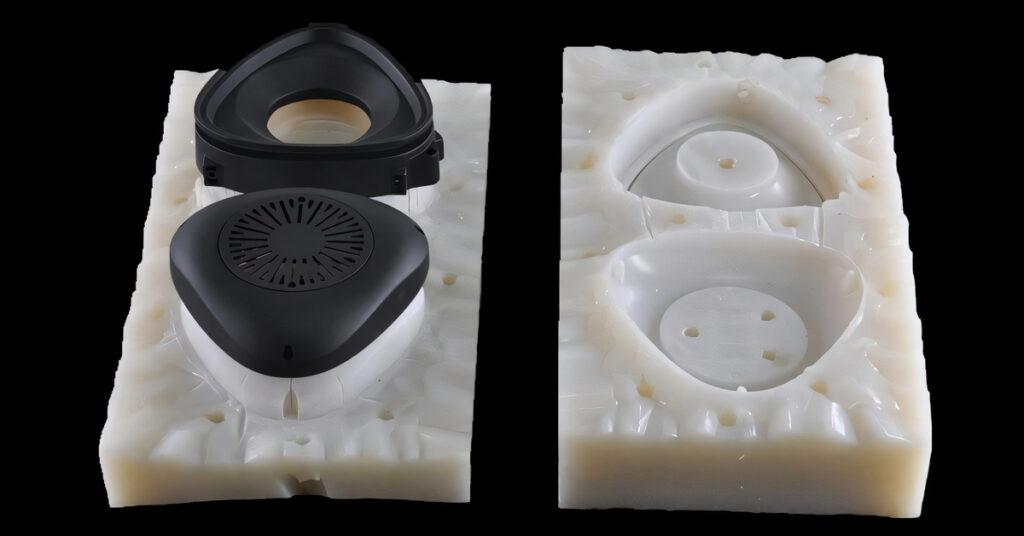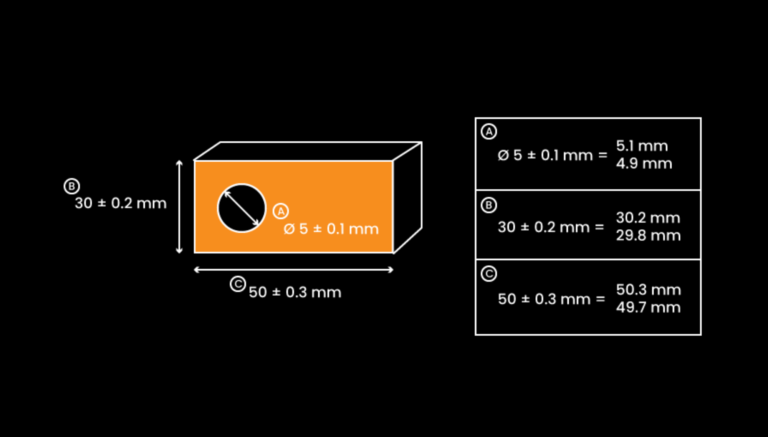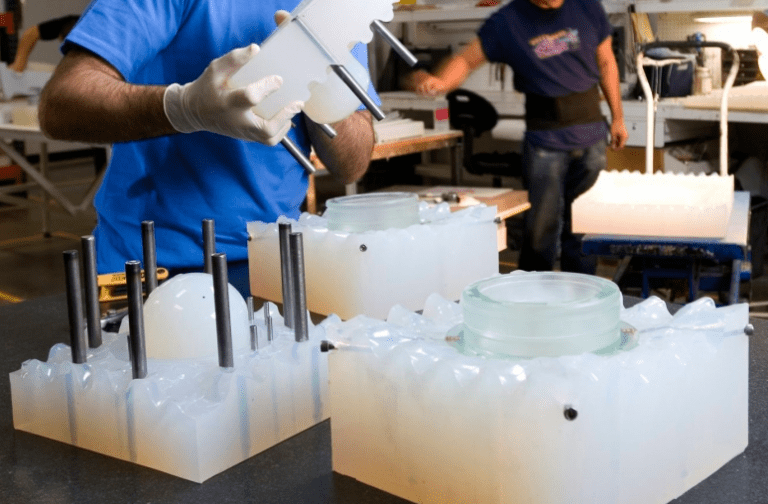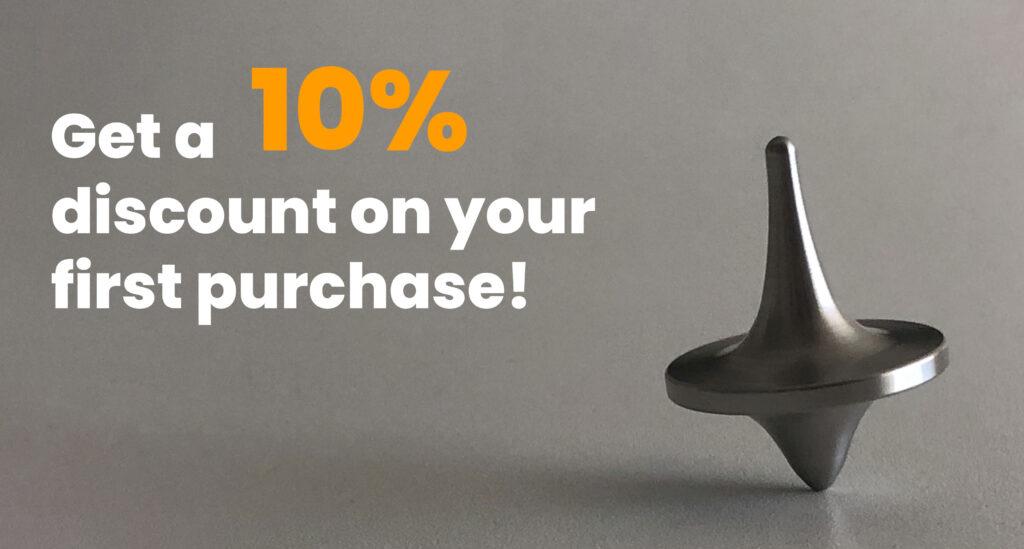The vacuum casting technology of silicone molds is an interesting technique when making short series (from 10 to 100 units) of plastic parts. Typically, this mold is made from a model obtained by stereolithography, a 3D printing technology that uses an ultraviolet laser to solidify successive layers of photosensitive liquid resin.
Vacuum casting is used to obtain small to medium sized parts with a large amount of detail. In addition, the wide range of polyurethane resins makes it possible to get very close to the thermoplastic and thus to obtain small series of parts representative of the final product.
- Materials and finishes in silicone molds
- Vacuum casting of silicone molds: uses and limitations
- Vacuum casting or injection molding: which one to choose?
Materials and finishes in silicone molds
The choice of material in vacuum casting is essential to create high quality castings. Depending on the needs of your project, it will be necessary to choose one type of material or another.
TPUs are tough, durable and easy to clean materials. They are suitable for applications requiring the elasticity of rubber combined with high stability.
At Proto&Go! we offer a wide variety of polyurethanes for you to choose the one that best suits the needs of your project: flexible PU, transparent flexible PU, pigmented rigid PU and painted rigid PU.
Vacuum casting of silicone molds: uses and limitations
Vacuum casting is a very economical and efficient alternative for the manufacture of complex and detailed products.
Normally, vacuum casting of silicone molds is a technology used in the commercial products industry due to its production efficiency.
Some of the industries where this manufacturing process is used are: in the food industry, in the electronics industries, in the manufacture of consumer products…
Vacuum casting or injection molding: which one to choose?
When deciding which manufacturing technique is right for your project (vacuum casting or injection molding) it is essential to consider the following factors:
- Production volume: vacuum casting is best for prototypes and small production runs, while injection molding is best for medium to large production runs.
- Tooling cost: tooling for the vacuum casting process is much more economical than for injection molding.
- Part cost: Vacuum formed parts are more expensive than injection molded parts due to the manual labor involved and the low volumes produced by vacuum casting.
- The material: only a limited set of curable plastics can be used for vacuum casting silicone molds, while a wide range of thermoplastics and thermosets can be used for injection molding.
- Product life: silicone molds from vacuum casting are not as durable as mild steel or aluminum molds from injection molding, which can last for decades.
Ultimately, the choice of manufacturing method will depend on the specific needs of the project, but it is essential to take into account factors such as cost, materials and product life.
At Proto&Go! we offer the best silicone molding services to obtain your prototypes and parts.
Request your quote now and receive it in less than 24 hours!





